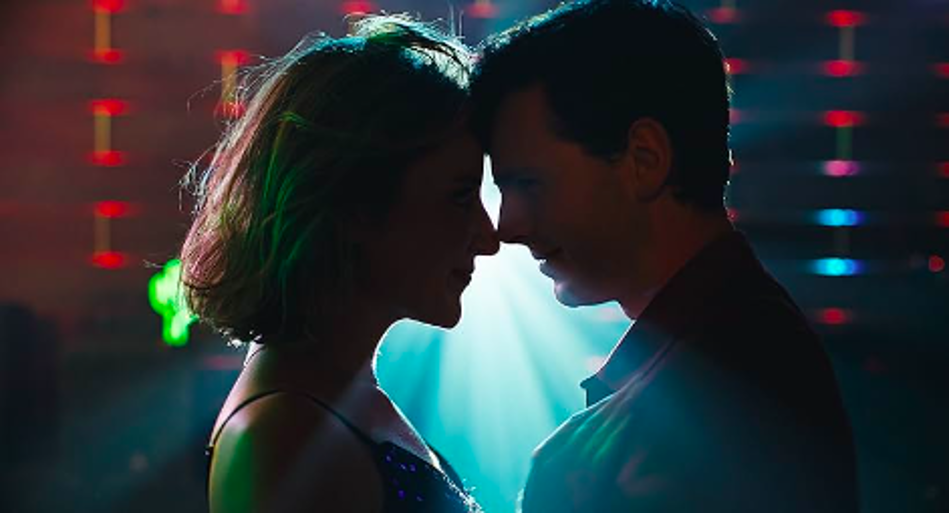
As it is wrapping up its third season, “Fringe” has evolved into a series that barely resembles the one that premiered in September 2008. With a now continuous narrative, strong characters and the development of its own mythology, it has become one of the best shows on television.
There was a tremendous and perhaps unfair amount of buzz surrounding “Fringe” as it drew closer and closer to its premier date. This was largely due to the creative team involved with the project’s conception. “Fringe” was an original premise from the minds of producer and director J.J. Abrams (“Lost,” “Star Trek”) and the writing team of Alex Kurtzman and Roberto Orci (“Star Trek,” upcoming “Cowboys and Aliens”). With this amount of star power behind the series, fans expected greatness, and they expected it immediately.
A simplistic way of describing the style of “Fringe” is a cop show in a science fiction backdrop. The story follows FBI agent Olivia Dunham (played by Anna Torv), who recruits an estranged scientist and his son after a series of inexplicable events have taken place. Dr. Walter Bishop (played by John Noble) is a genius who drove himself mad and wound up in a mental institution. Olivia turns to Bishop’s rebellious son Peter (played by Joshua Jackson) to help her take care of and work with Walter. The three become an unlikely team making up the Fringe division of the FBI, a division dedicated to investigating paranormal, criminal activities.
Creatively and critically, “Fringe” had a rocky start during its first season. Storylines were ignored for weeks and eventually dropped. Each hour felt like the new “monster of the week” story as episodes were focused on the monsters and illnesses that were created from the unusual fringe science. There was little continuity from week to week, and every episode was a stand alone story similar to those seen in “Law and Order” or any of the “CSI” series.
This may have helped in the ratings, however, as viewers could tune in every few weeks without worrying about missing major plot points. Shows that lack a continous narrative or continuity often times gathers a high audience. “Fringe” is no exception, as it was one of the highest rated new series and received a pickup for a full second season. Its first season was still entertaining and better than most alternatives, but it was clearly missing something. Towards the end of its rookie year, “Fringe” found its own voice.
As the first season finale approached, the writing staff of “Fringe” acknowledged some of the complaints they had been hearing from its fan base. They slowly began ending episodes with cliffhangers and stretching out storylines over several episodes as opposed to just one. The narrative has since become much more complex, but the series has benefited from it. The second and third seasons of “Fringe” were must-watch television and received critical and fan praise alike. The online website IGN voted “Fringe” the Best Sci-Fi series of 2010.
A majority of the continuing storylines focus on the characters of “Fringe.” And initially, the opening episodes used them as plot devices rather than actual characters. They were there simply to put the pieces of the mystery involved in that week’s episode together. The actors had little to work with as they were not given the chance to expand on their roles.
The writers finally allowed these characters to breathe and develop, and they have since established the characters as both compelling and memorable. Torv’s performance as Olivia has improved dramatically as the series has progressed. She seemed uncomfortable in the role at first, but did not have a strong enough screen presence to carry a series. Torv is now captivating and charismatic and seems to have a newly found confidence in her abilities. Jackson’s Peter is endlessly charming, and serves as a nice contrast to the serious Olivia.
The real star of the series is John Noble, whose quirky approach to Walter provides much needed comic relief for the often intense series. Though Walter is the one to make the audience laugh, he can almost bring them to tears at the same time. His character has a complicated past, and he is constantly seeking forgiveness from his son, society and a higher power he is not even sure exists.
With its creative elements and highly original stories, “Fringe” has created its own mythology, which includes a mysterious group known as “The Observers” that travels through both time and space. Characters “cross over” to a parallel universe and meet other versions of themselves. Parts of a machine that can destroy worlds are spread across the globe. These are just a few of the innovative story aspects that “Fringe” is putting out on a week-to-week basis. It is rewarding for viewers to have fresh and original premises that stand out from the rest of the pact. By the time the series has ended, “Fringe” may have themes referenced by other forms of entertainment just like it built its own mythology from that of past stories.
Due to this increase in continuous plot lines, “Fringe” has been hurt in live ratings. Fans are watching, but mostly on DVR devices and on the Internet. The show has been moved to Friday nights at 9 p.m. on Fox. There was a brief scare that this move signaled the end of the series, but it was recently picked up for a fourth season, and it is hoping to move to a different night for next fall.
With “Lost” no longer on the air, “Fringe” has become the most compelling science fiction/fantasy drama. “Fringe” also has an opportunity to replace “Lost” as one of the six best drama nominations at this year’s Emmy Awards, a recognition it has both earned and deserved.
Kevin Romani can be reached at [email protected].






